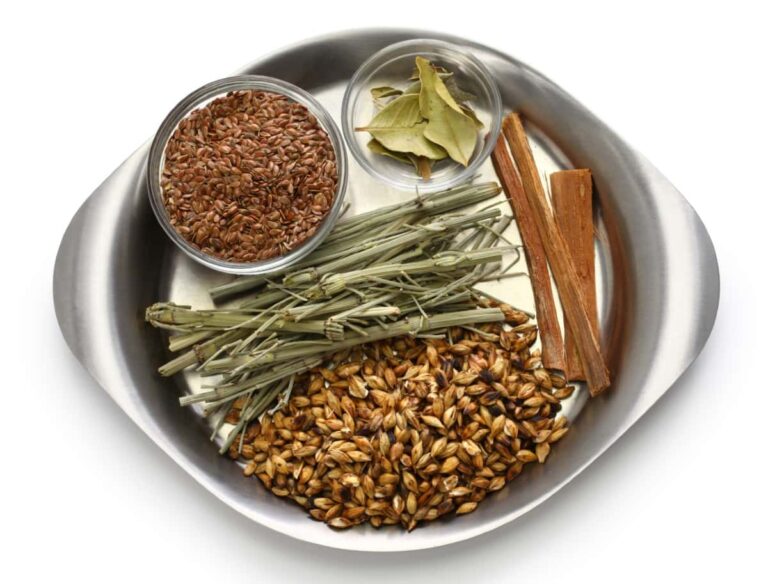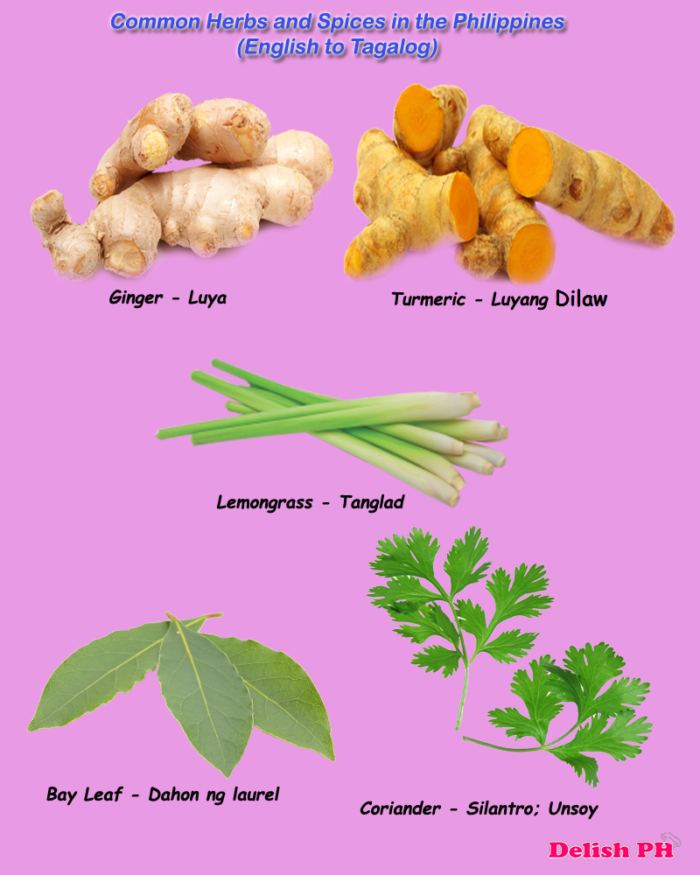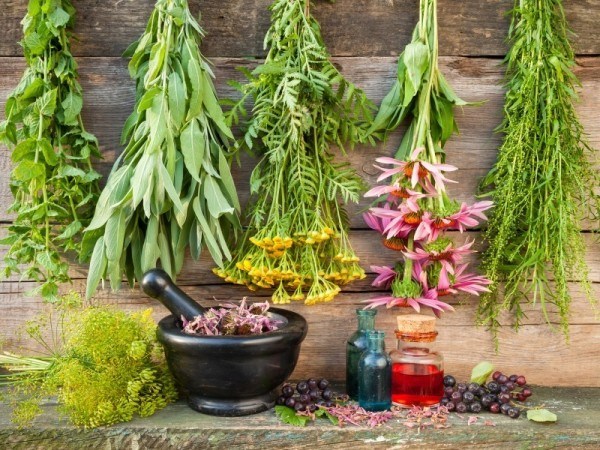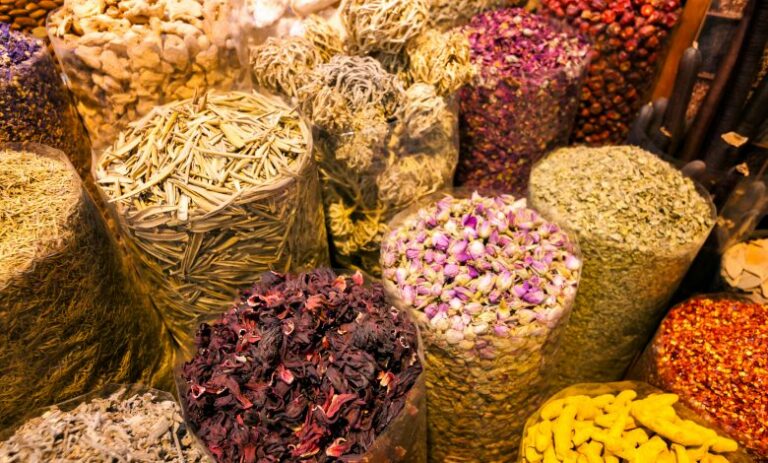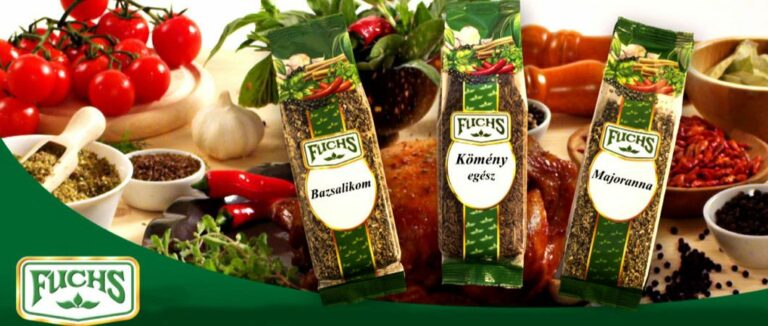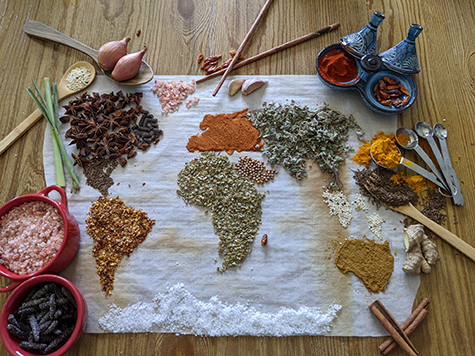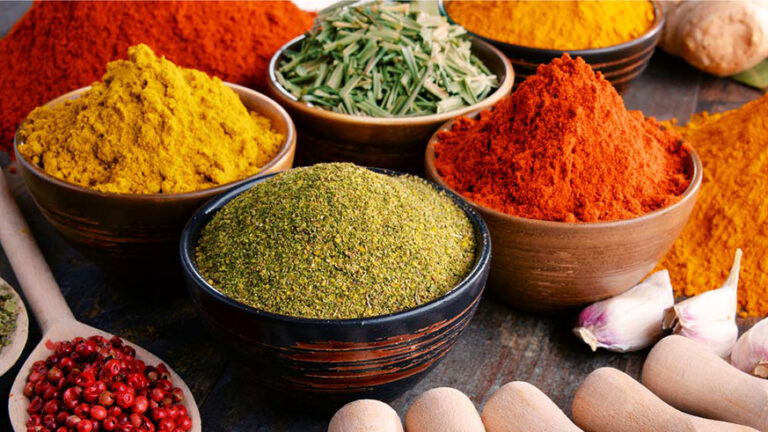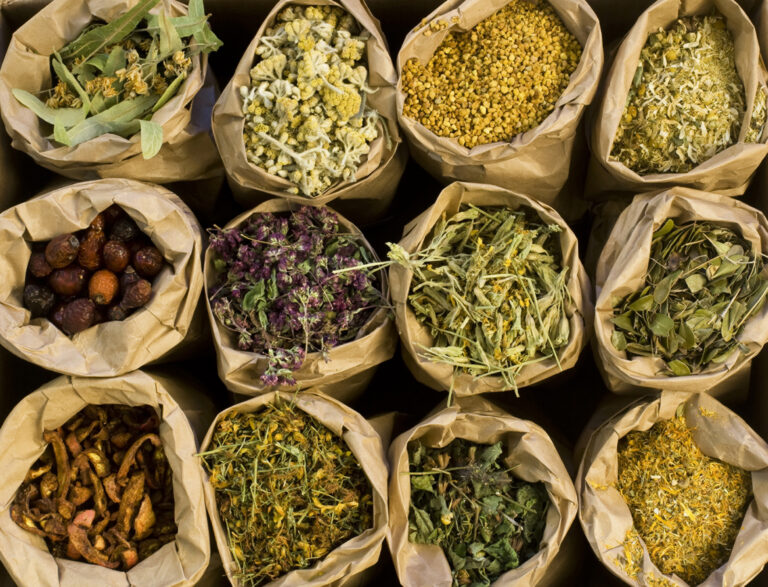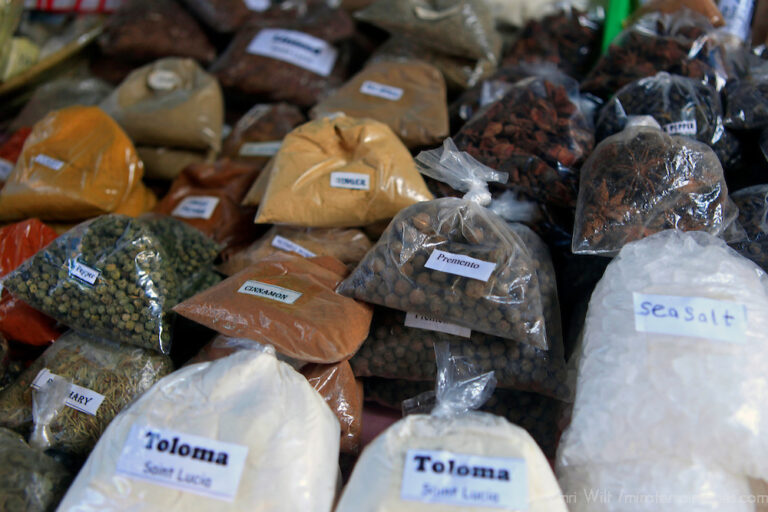Introduction: Peruvian Spices and Herbs
Peruvian cooking is known for its bold flavors and unique combinations of spices and herbs. The cuisine blends indigenous ingredients with influences from Spanish, African, and Asian cultures to create a one-of-a-kind taste experience. The use of spices and herbs is integral to Peruvian cooking, with each ingredient adding its own distinctive flavor to the dishes.
Aji Amarillo: The Essential Peruvian Spice
Aji Amarillo is a yellow chili pepper that is widely used in Peruvian cuisine. It adds a distinctive fruity and slightly sweet flavor to dishes, as well as a moderate level of heat. Aji Amarillo is used in many traditional Peruvian dishes, including ceviche, causa, and the famous Peruvian green sauce, aji verde. It can be found fresh, dried, or in paste form, making it easy to incorporate into a variety of dishes.
Cumin: The Earthy, Smoky Flavor
Cumin is a spice that is commonly used in Peruvian cooking to add depth and complexity to dishes. It has an earthy, smoky flavor and is often used in combination with other spices such as paprika and coriander. Cumin is used in Peruvian dishes such as lomo saltado, a stir-fry made with beef, onions, and tomatoes, and ají de gallina, a creamy chicken dish. Cumin is also a popular ingredient in many spice blends used in Peruvian cooking.
Huacatay: The Minty, Spicy Herb
Huacatay, also known as Peruvian black mint, is a herb that is native to Peru. It has a unique flavor that is a combination of mint, basil, and earthy notes. It is commonly used in Peruvian dishes such as ocopa, a sauce made with huacatay, peanuts, and cheese, and causa rellena, a dish made with mashed potatoes and filled with chicken or seafood. Huacatay is also used in marinades, soups, and stews.
Paprika: The Colorful Addition to Peruvian Dishes
Paprika is a spice that adds color and flavor to many Peruvian dishes. It is made from ground dried peppers and can range in flavor from mild to hot. In Peruvian cooking, paprika is often used in combination with cumin and other spices to create spice blends for dishes such as pollo a la brasa, a popular Peruvian rotisserie chicken dish. Paprika is also used in stews, soups, and rice dishes.
Rocoto: The Fiery Chili Pepper of Peru
Rocoto is a fiery chili pepper that is native to Peru. It has a distinctive flavor that is both spicy and fruity, and is used in many Peruvian dishes such as rocoto relleno, a stuffed pepper dish, and huancaina sauce, a spicy cheese sauce. Rocoto can be found fresh or dried, and is also used to make infused oils and vinegars. It is important to note that rocoto is very spicy, so it should be used sparingly if you are not used to the heat.

